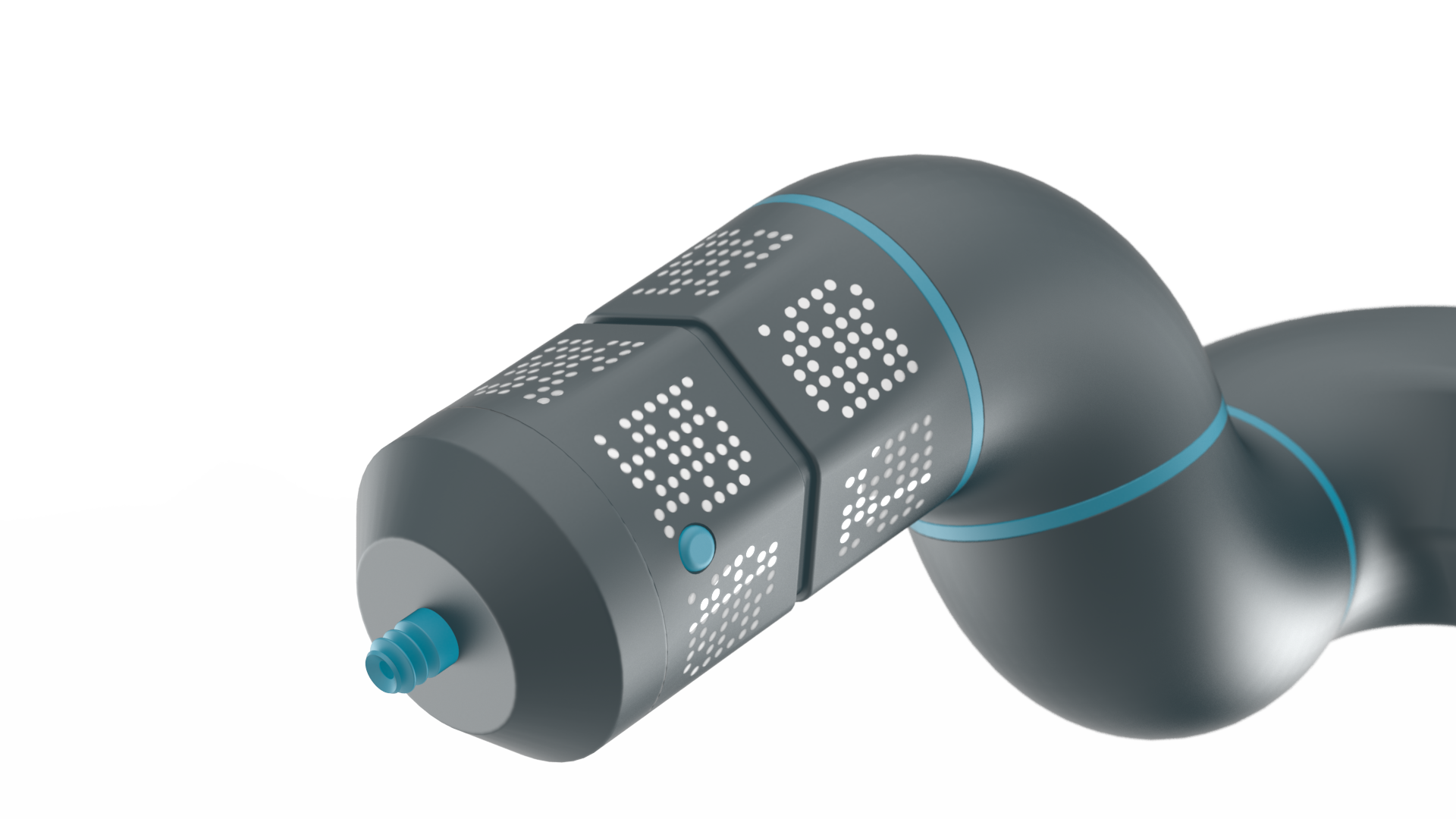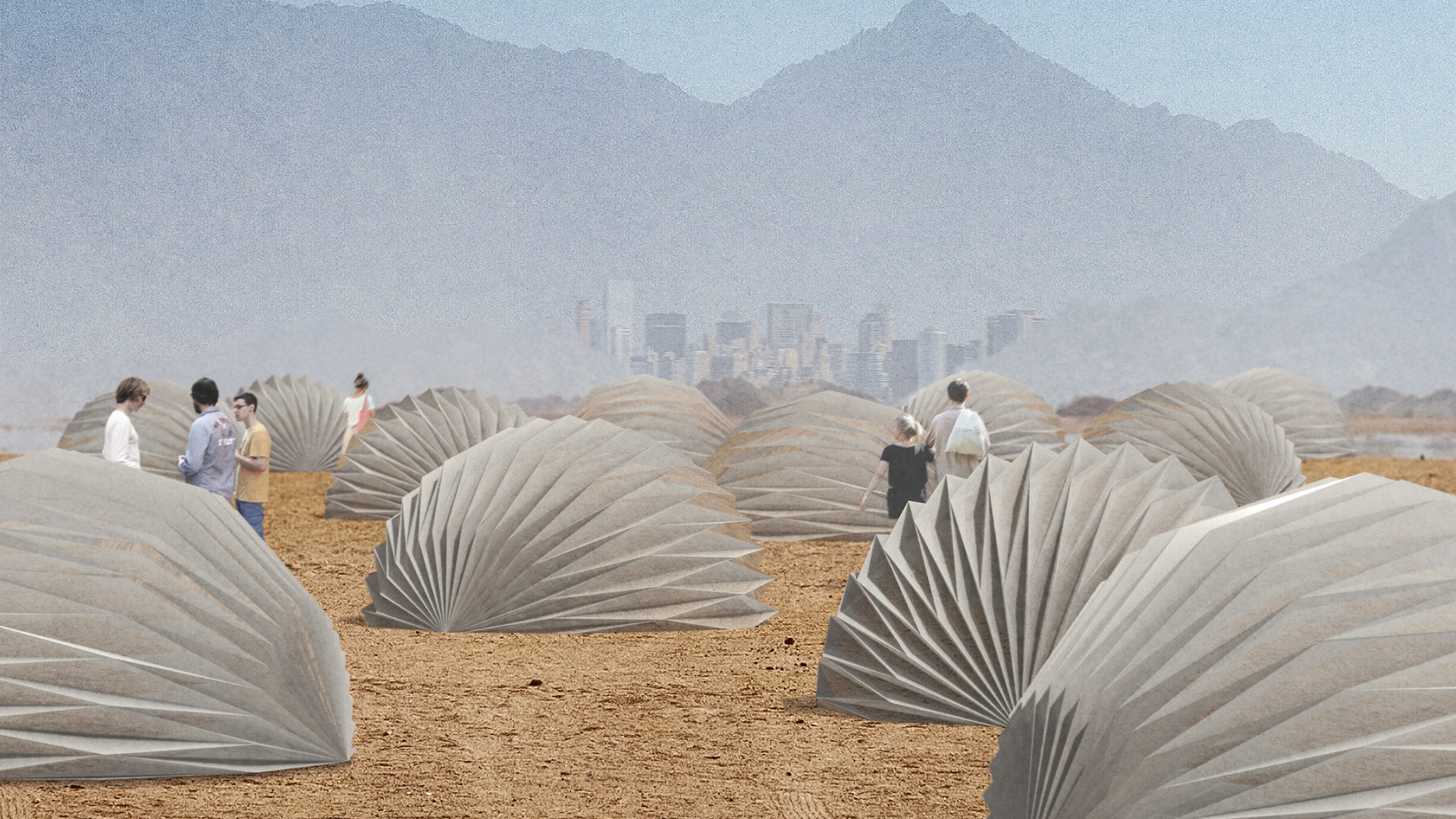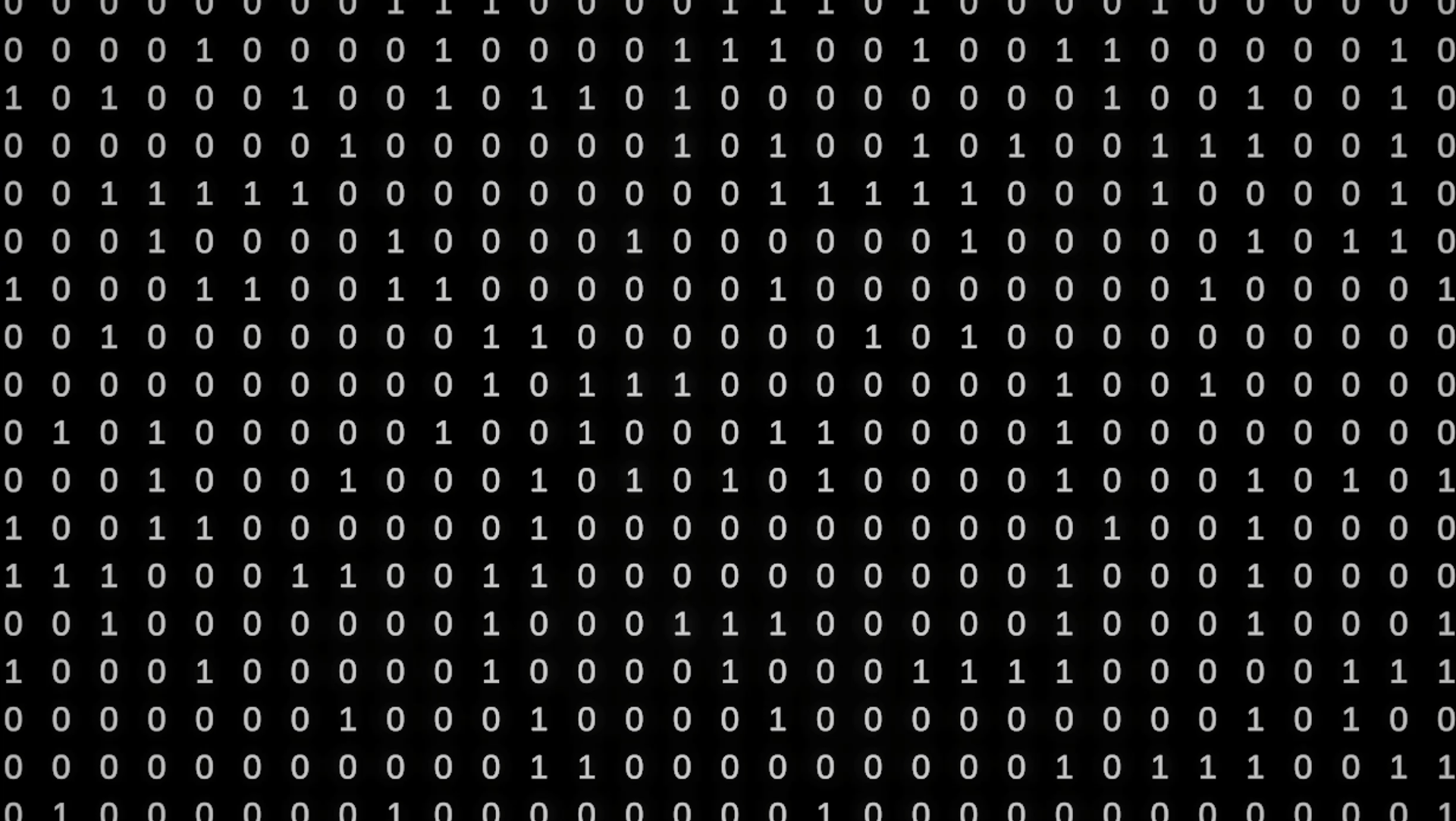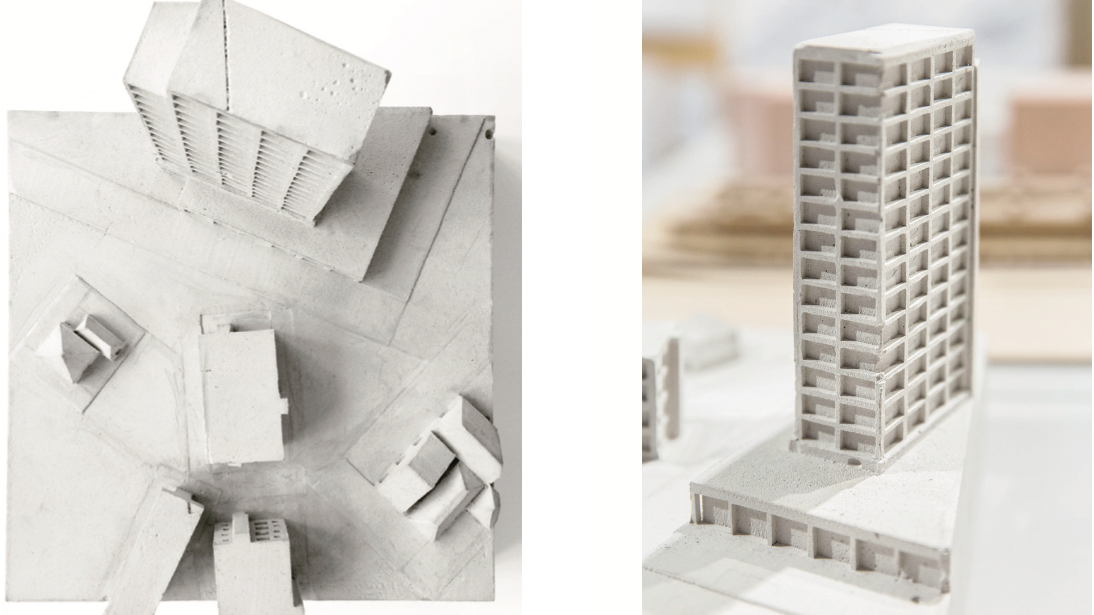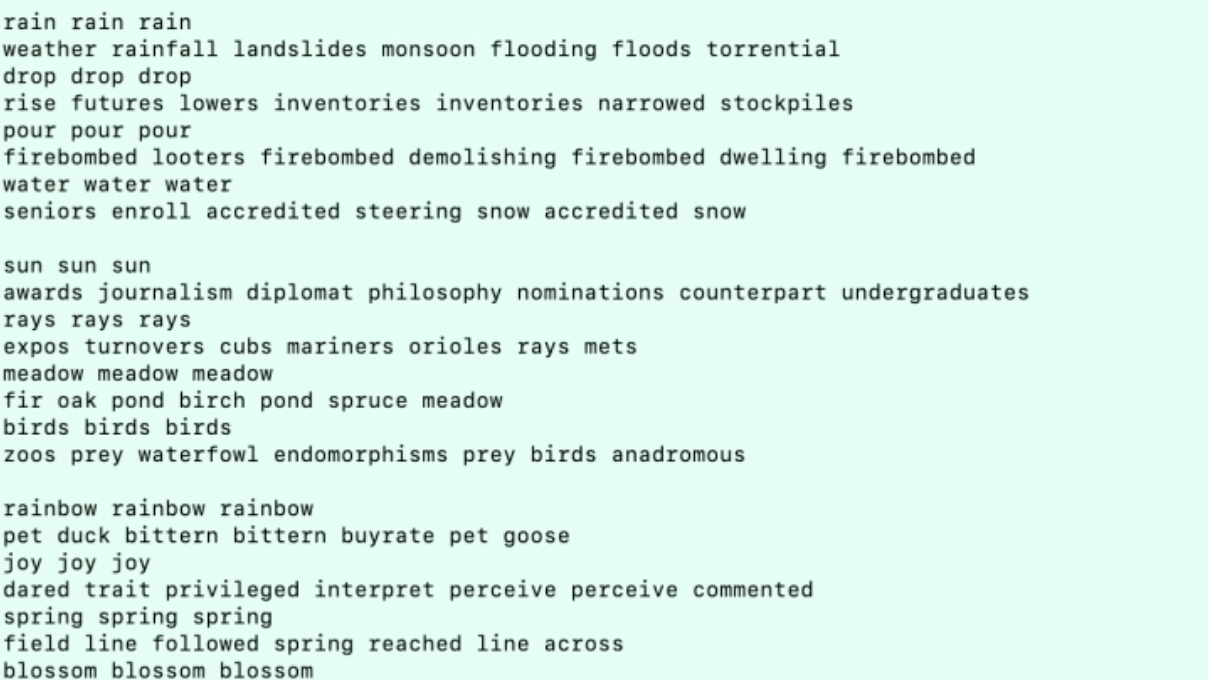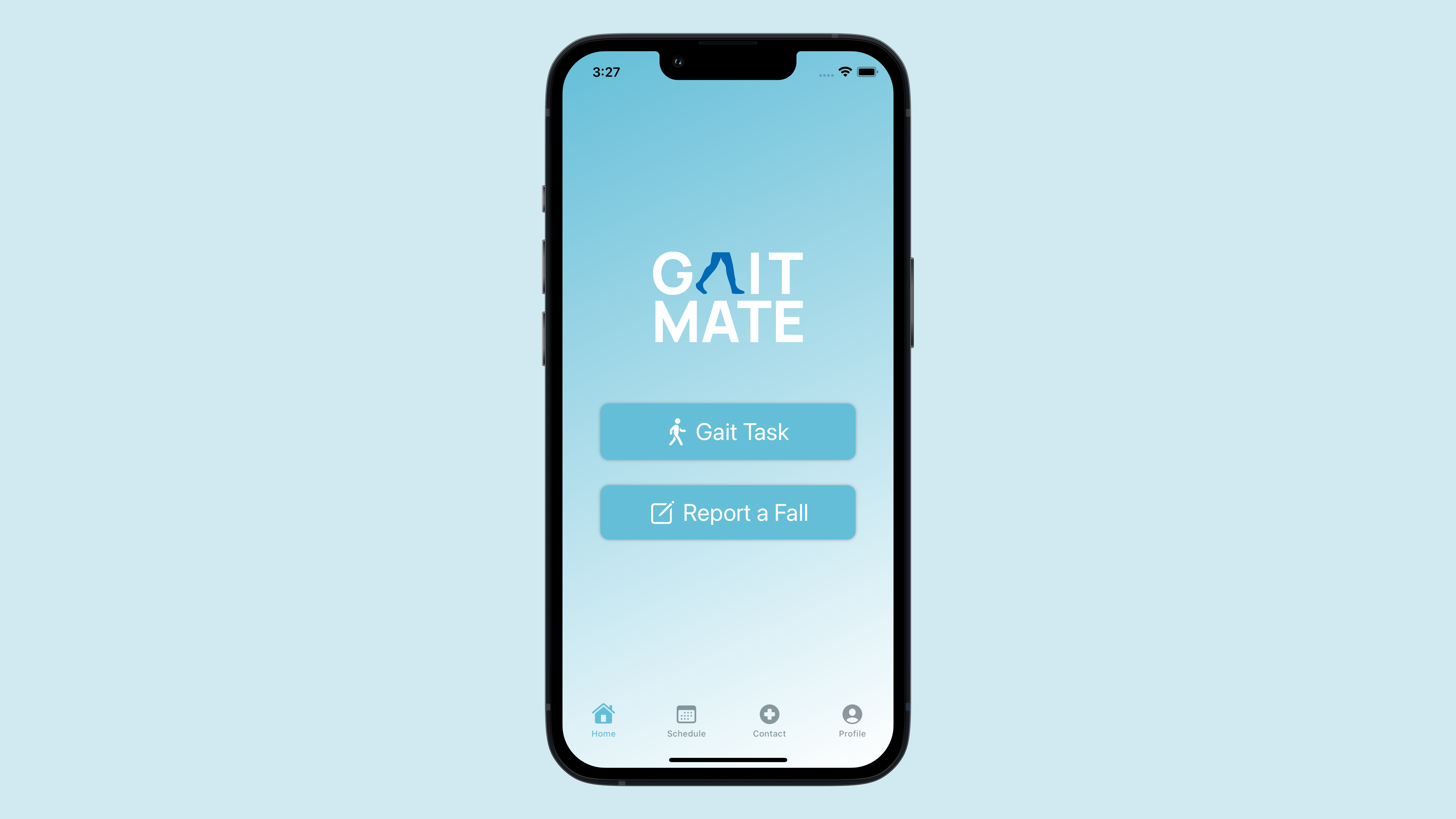Objective
Identifying unmet medical needs and designing an innovative solution concept
Identifying unmet medical needs and designing an innovative solution concept
Outcome
A smart drill system for neurosurgery: providing navigation for screw placement during spine stabilization surgery, thereby minimizing potential complications for patients
From autumn 2018 to spring 2019 I participated in the Graduate Programme „MedInnovate“. This collaboration between the Technical University of Munich, UnternehmerTUM and Klinikum Rechts der Isar (hospital) aims at fostering innovation in medical care and establishing start-ups in the biotech and medtech sector. In an interdisciplinary team of four (engineering, IT, business and design) we immersed ourselves into the world of neurosurgery.
Observation and Research
Over several weeks I shadowed doctors, nurses and further clinical staff during their daily work. I noted down observations, made sketches of certain setups and asked curious questions to understand their actions. Being new to the field of neurosurgery I conducted desk research in order to properly understand the underlying medical and technological peculiarities. A phase of reading medical papers was followed by another round of observations, this time solely in the operating theater, where the actual magic of surgery happens.
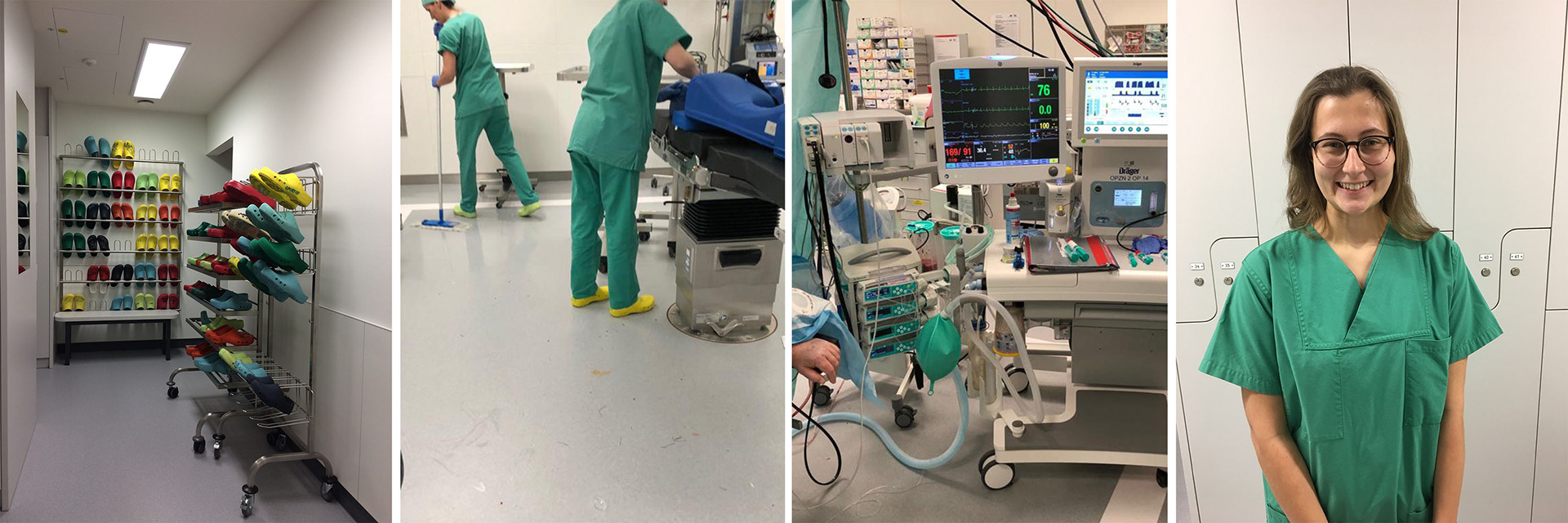

Having collected an enormous amount of observations this data had to be structured in order to extract the most crucial needs. During the phase of synthesis I came up with a methodical system of clustering needs by topics as well as a complex filtering system. In three stages filtering criteria such as: incidence, market potential, competitive landscape, medical impact and personal interest were applied.

extensive technology research
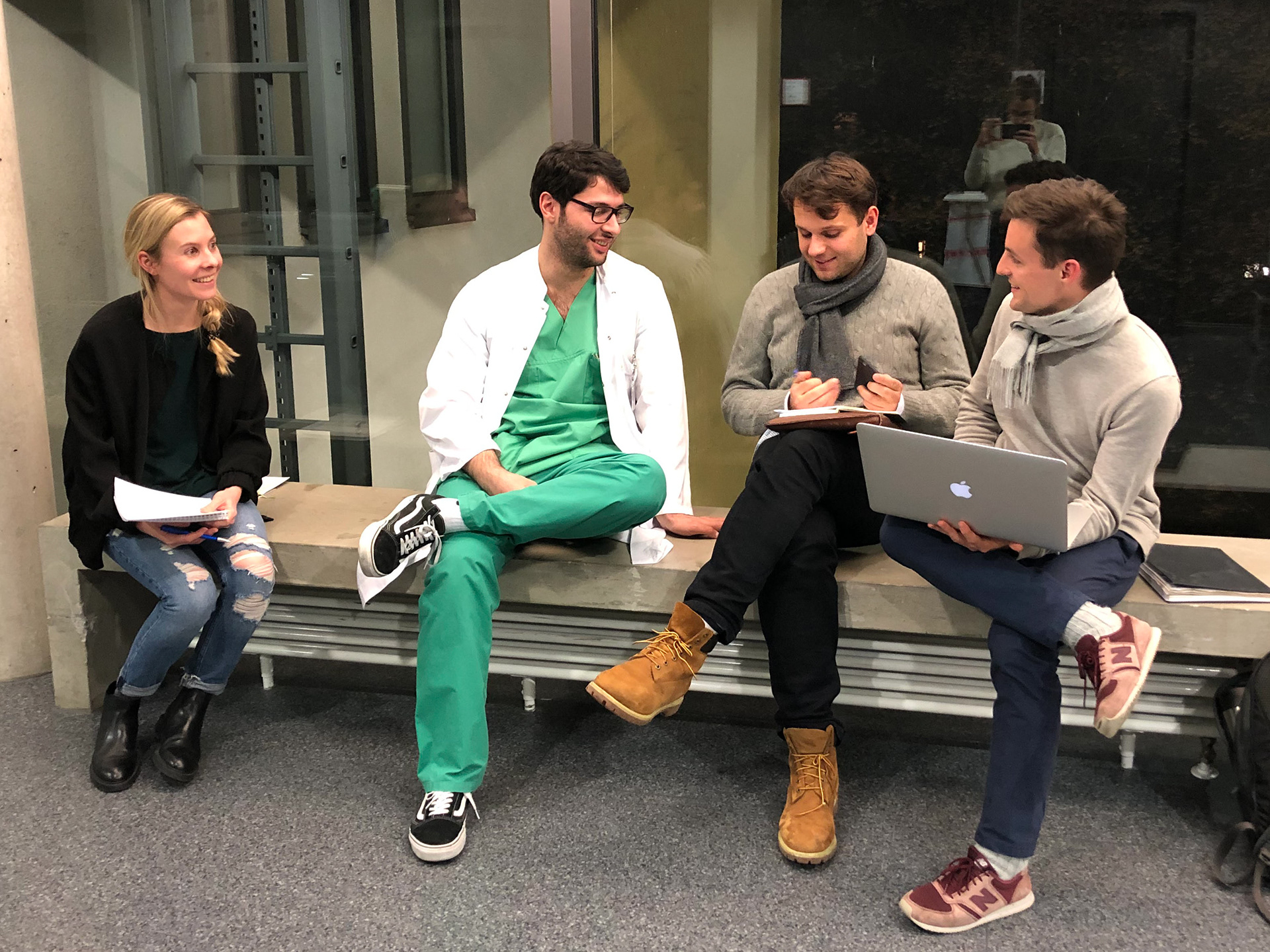
expert interview
With four front runner needs left, we went into evaluation by conducting in-context interviews with neurosurgeons. A semi-structured interview setup helped us gather more in-depth information on certain questions. Analyzing the operational workflow helped us in addition to understand the medical requirements. Synthesising the data led to the most crucial need: A way to reduce complications caused by false screw placement during spine stabilizations and fusions.
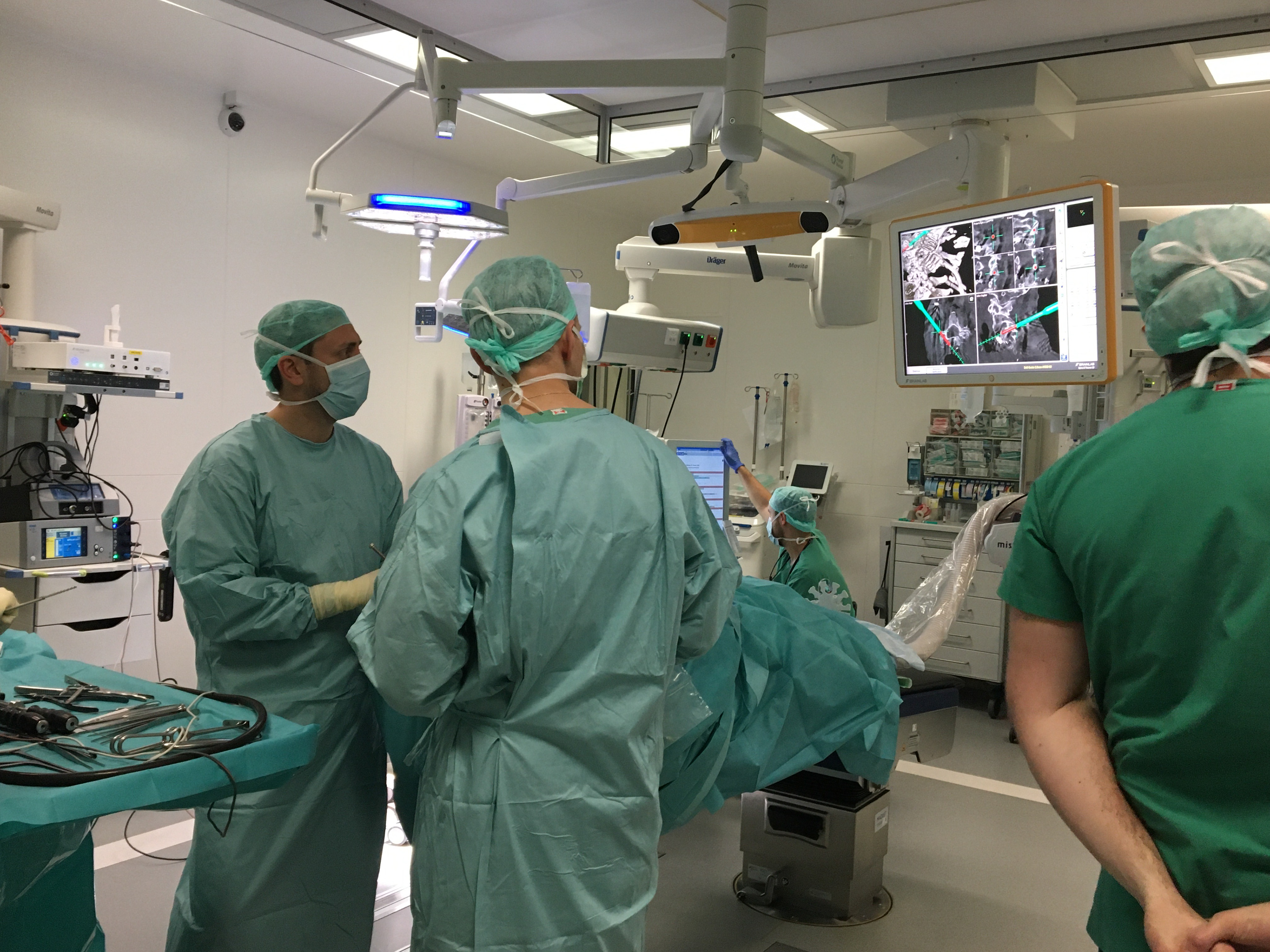
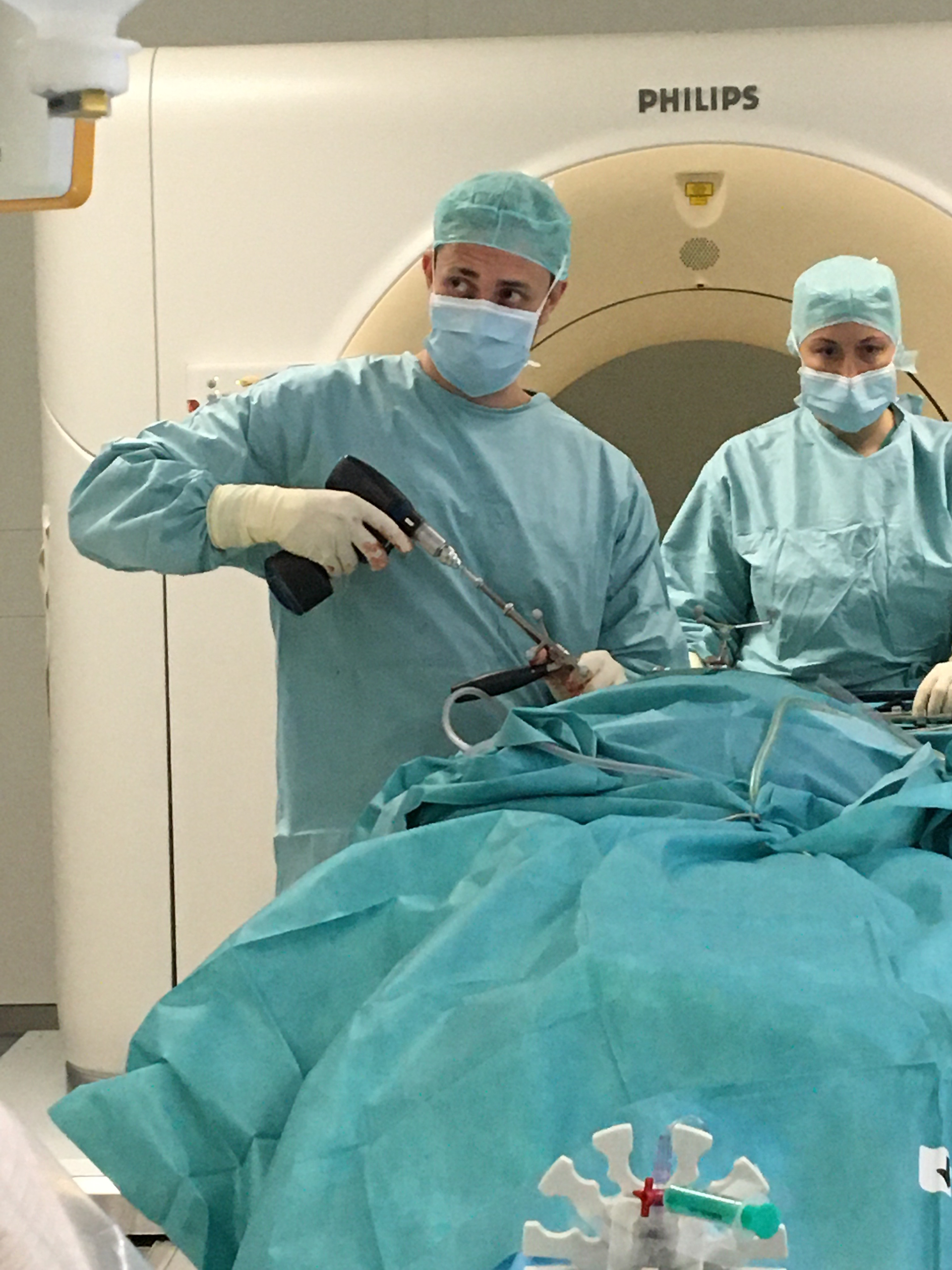
Ideation
Placing screws during spine stabilisations had revealed itself as a major pain for the operating surgeon as well as the patient. Tackling this need we went into brainstorming and concept generation while keeping in mind the findings the preceding phase had delivered. Translating insights into a catalogue of functional and formal requirements was done by building quick prototypes and mock-ups. The prototypes I had built were then evaluated during usability testing with the surgeons.
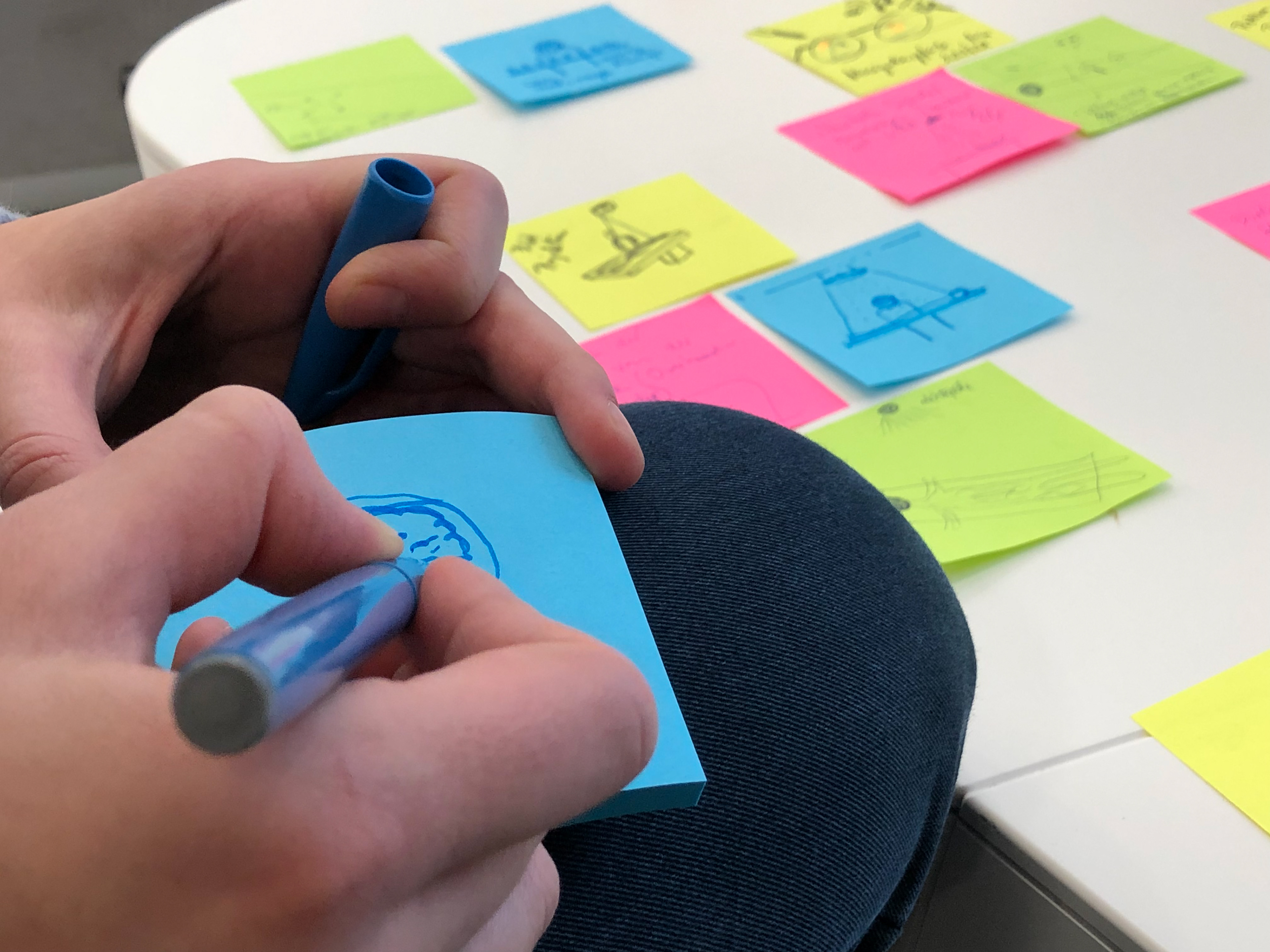
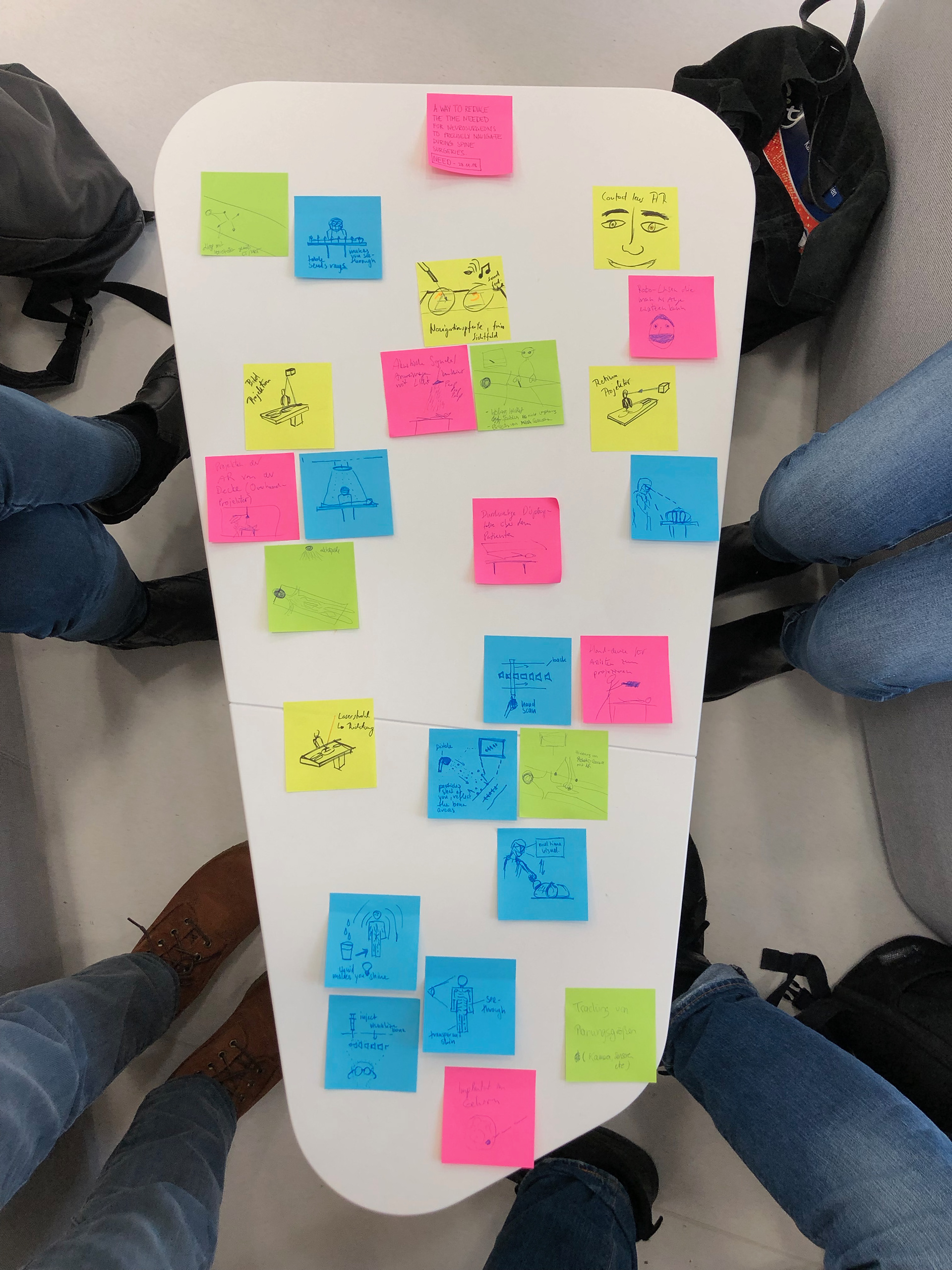


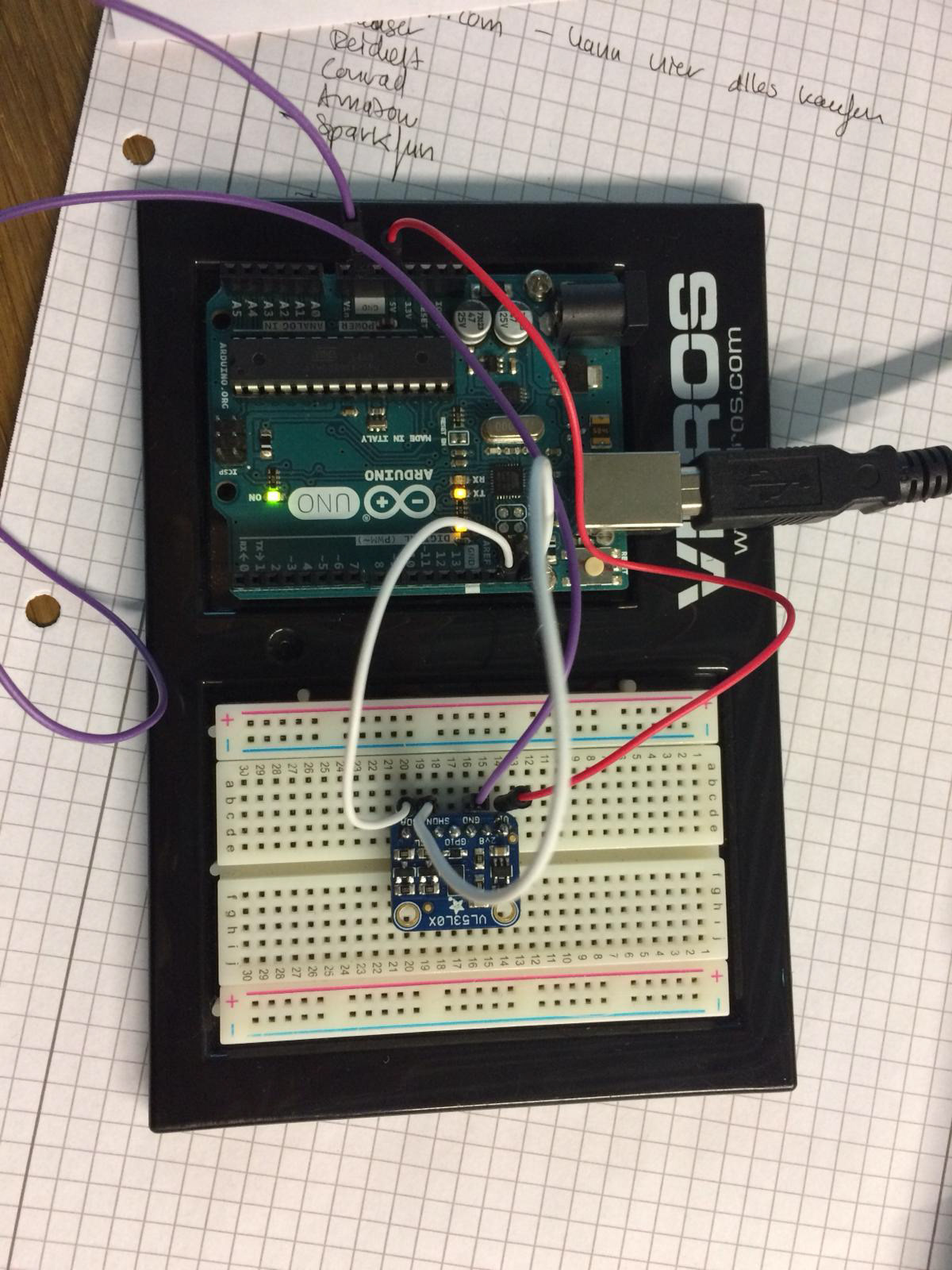
Solution Concept

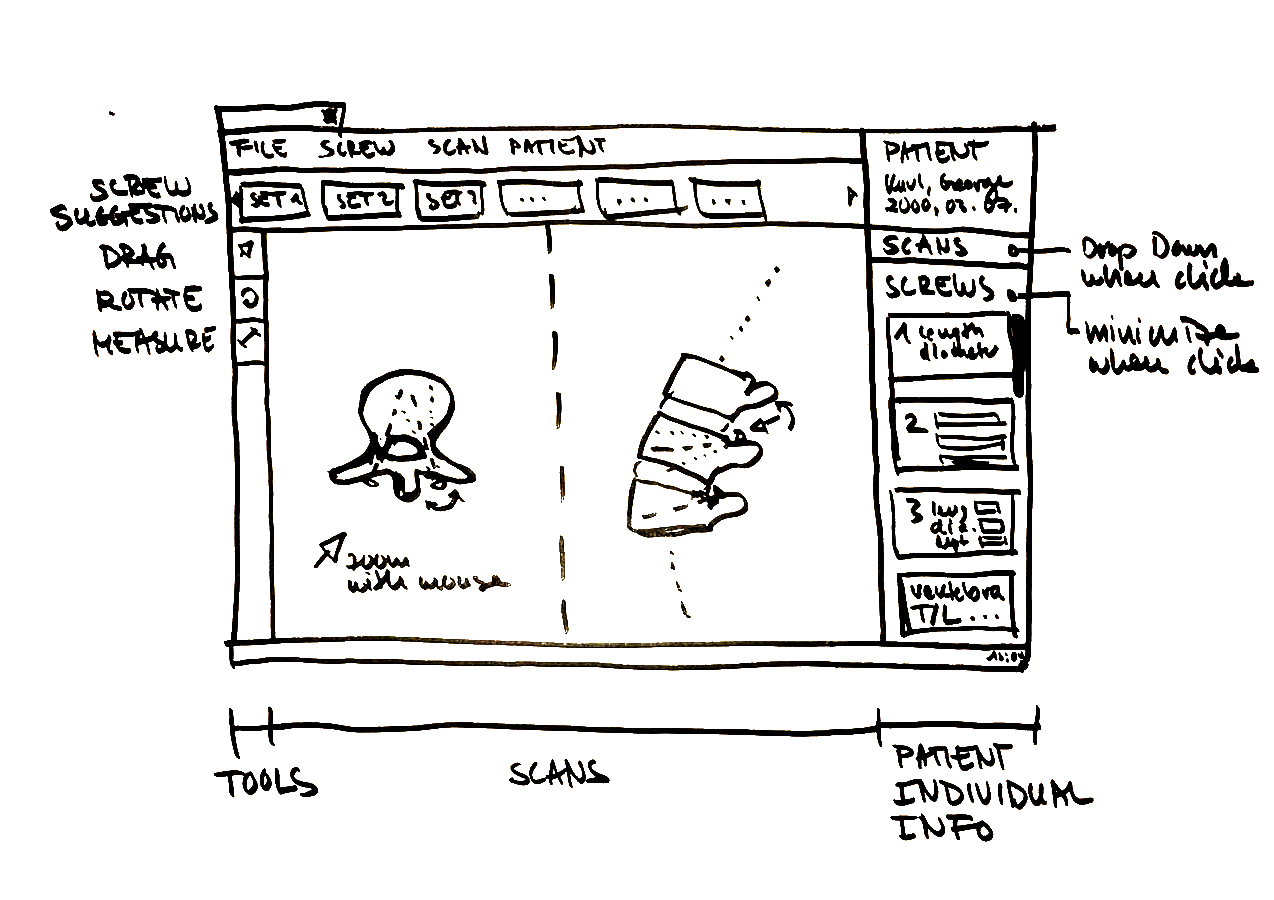
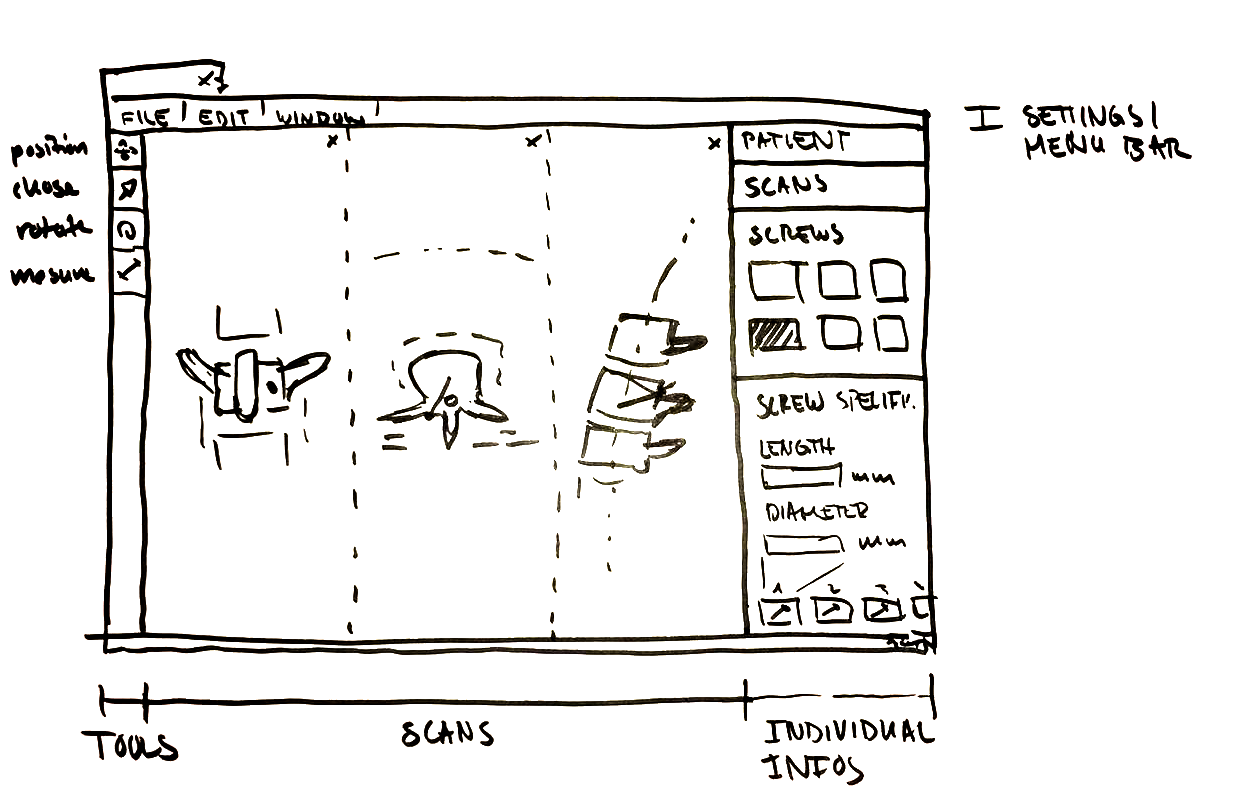
The final smart drill concept consists of the following features: A preoperative planning software for placing virtual screws in the patient scans, accompanied by an intraoperative drill with an integrated interface to assist the surgeon during drilling holes into the patient's bone. All of this is done while live-referencing the patient anatomy with his/ her CT images via inside-out tracking using an active depth stereo camera setup.
My Role
Observing and understanding the user - Taking notes, sketching, asking questions
Setting up interview guidelines and leading the interviews - User Interviews
Synthesis of data sets - Filtering and clustering methods, Excel
Ideation on potential concepts - Sketching, Brainstorming
User Interface Design of Screw Placement Software - Wireframes, UI Design, Sketch
Awards
IAUD International Design Award 2020 - Silver Award by International Association for Universal Design
Universal Design Consumer Award 2020 by Institute for Universal Design
Universal Design Expert Award 2020 by Institute for Universal Design
TUM IdeAward 2020 - 1st Prize by Technical University of Munich
Strascheg Award - First prize by Munich University of Applied Sciences

